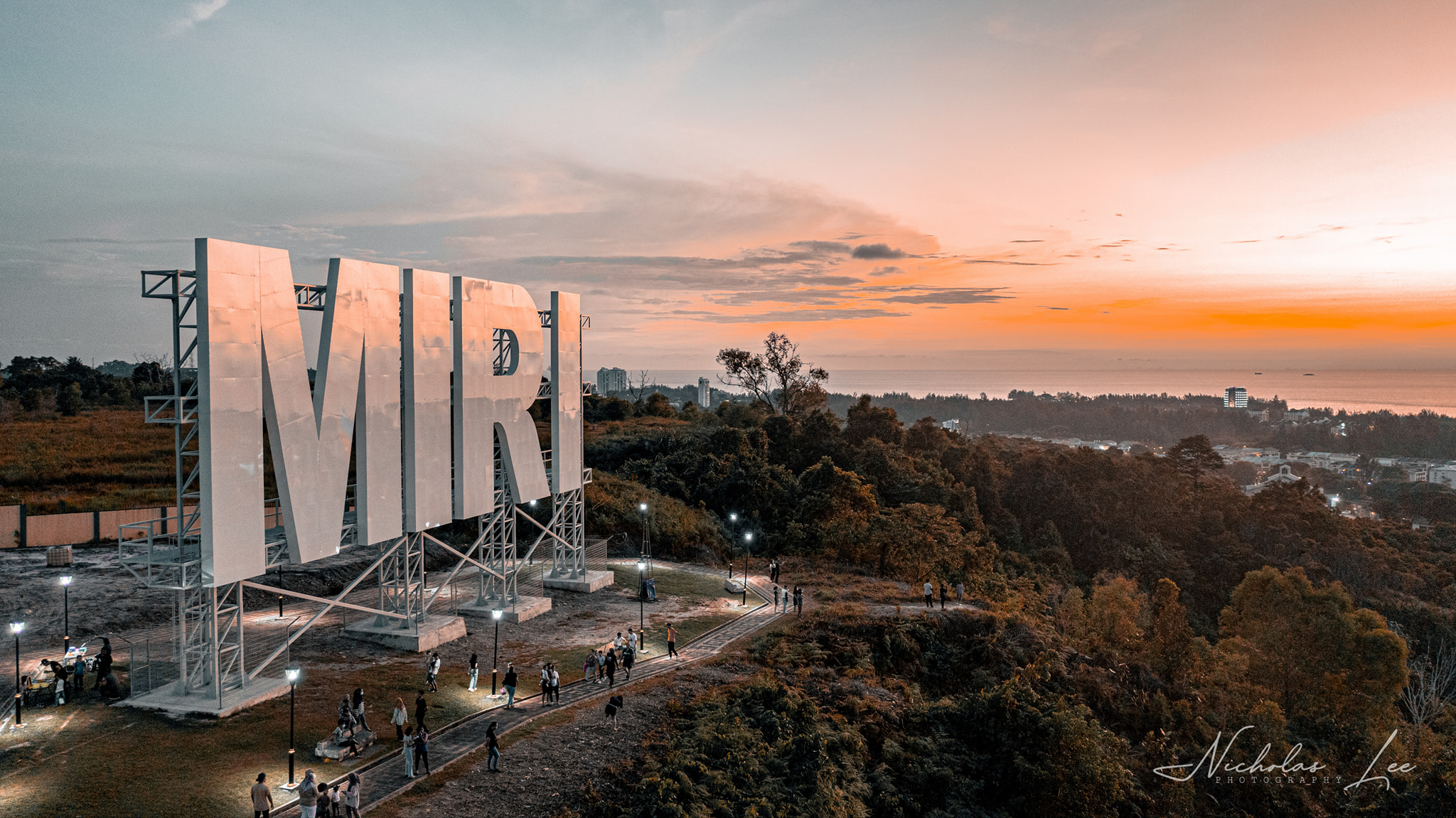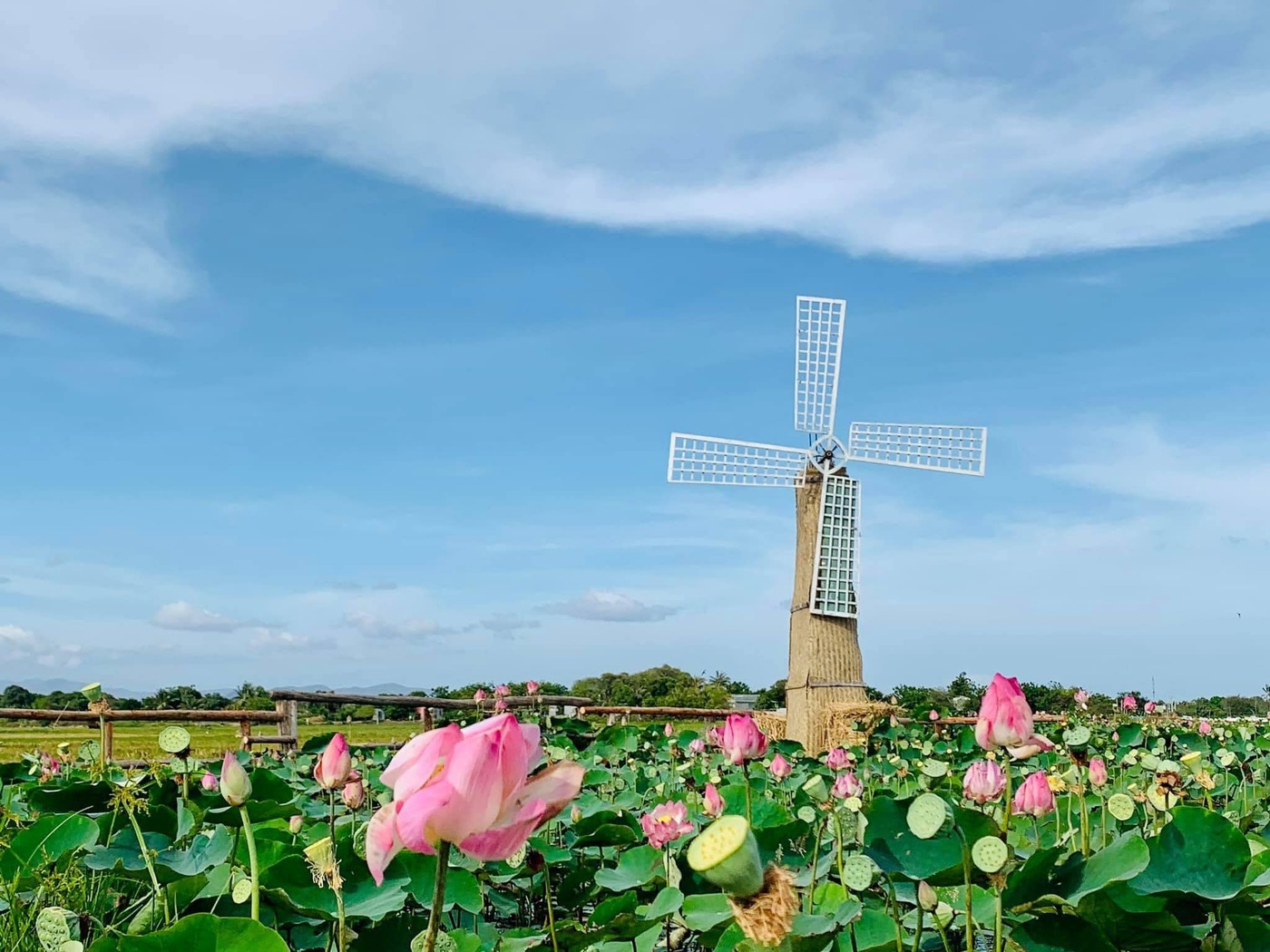This post is also available in:
Tiếng Việt (Vietnamese)
This paper presents a comprehensive analysis of the Inca Trail, a historically and archaeologically significant pilgrimage route leading to Machu Picchu in Peru. Drawing upon information from the “Virtual Seminar: Hiking the Inca Trail from Cusco to Machu Picchu,” this study delves into the historical context of the extensive Inca road network, its spiritual significance within the Inca cosmovision, the detailed regulations and logistics for undertaking the trek, the unique characteristics of each day of the classic four-day journey, the indispensable contribution of the support team (chaskis), and the unique biodiversity along the route. The objective is to provide a profound, multidimensional perspective, highlighting the importance of the Inca Trail not only as a physical challenge but also as a deep cultural and spiritual experience.
Introduction
The Inca Trail is not merely a footpath but a living heritage, an inseparable part of the vast road network that once connected the expansive Inca Empire. This network, stretching over 40,000 kilometers through six South American countries (Argentina, Chile, Bolivia, Peru, Ecuador, and northern Colombia), has pre-Inca origins and was significantly improved by the Incas.
This seminar focuses on the Classic Inca Trail, a renowned commercialized route that once served as a pilgrimage path for the nobility to Machu Picchu. The “undiscovery” of Machu Picchu by the Spanish, partly due to the Incas’ deliberate destruction of strategic road sections, has added to the mystique and importance of this trail.
Currently, the Capac Ñan project is underway to restore and preserve these historic routes across South America.
Historical and Cultural Context
Origins and Scale of the Inca Civilization
The Inca civilization began around the 1200s, reaching its zenith in the 15th century under the reign of Pachakuteq Inka Yupanki, who is credited with building Machu Picchu. However, the construction of the entire vast Inca road network (over 40,000 km) within 300 years would have been impossible
This suggests that the Incas inherited and upgraded existing routes from pre-Inca cultures. This network not only served for transportation but also represented the complex connections between diverse geographical regions.
Purpose and Spiritual Significance
The Inca roads were built for various purposes: some were for common people, others were exclusively for the nobility on pilgrimages to Machu Picchu, and some were even designated for animal transit. In the Inca cosmovision, mountains held extreme importance. The Incas built trails around and in the shape of mountains, demonstrating reverence for the snow-capped peaks.
These mountains were also used as burial sites and for sacrificial offerings, as exemplified by the children found at Llullaillaco, Argentina. The mountains were considered part of Pachamama (Mother Earth). The journey on the Inca Trail was not just a hike but a way for the Incas to connect deeply with nature and show respect for their culture. The core philosophy of the trek is to “enjoy the journey, not just the destination,” encouraging travelers to take time for contemplation, learning, and appreciating every moment and every step.
The “Undiscovery” of Machu Picchu
One of the reasons Machu Picchu was not discovered and destroyed by the Spanish was that the Incas proactively destroyed a main section of the trail leading to the site, particularly the stretch on the first day of the journey, making it inaccessible. Hiram Bingham, who reached Machu Picchu in 1911, walked the Inca Trail in reverse in 1915 and renamed many archaeological sites based on the functions used by local people, as the original names had been lost over time.
The Journey and Logistics
Routes and Regulations
There are two main Inca Trail routes that lead directly to Machu Picchu through the Sun Gate:
- Classic Inca Trail: A 4-day trek, approximately 42 km (26 miles) long.
- Short Inca Trail: Approximately 12 km long.
Other treks, such as the Laqta and Salkantay, bring travelers to the town of Aguas Calientes (Machu Picchu town), from where they must take a bus up to Machu Picchu. To hike the Inca Trail, it is mandatory to be accompanied by a licensed tour operator.
Permits must be booked far in advance, especially for the high season (June, July), which may require booking as early as October of the preceding year, as the number of people allowed on the trail is strictly limited to 500 per day (including 200 tourists and 300 support staff). The Inca Trail is closed every February for maintenance and due to heavy rainfall, which increases the risk of landslides.
Preparation and Safety
Altitude Acclimatization: It is recommended that visitors spend a few days in Cusco to acclimatize to the altitude before starting the trek, as starting immediately upon arrival can cause breathing difficulties.
- Personal Belongings: Tour companies typically provide a duffel bag for personal items, while hikers carry a small daypack containing their passport, snacks, money, sunglasses, and insect repellent.
- Walking Poles: The use of walking poles is highly recommended as they reduce the impact of 60% of body weight on the knees during ascents and descents, and enhance stability. It is advised not to use the wrist straps when descending to avoid wrist injuries in case of a fall.
- Trail Safety: Always walk on the mountain side of the path when it is narrow to avoid being pushed off a cliff by horses, donkeys, cows, or heavily laden chaskis.
- Health and Evacuation: Guides are trained in first aid and always carry an oxygen tank. The itinerary is paced according to the slowest person. In case of an emergency, evacuation can be done by being carried down by chaskis or, in very rare cases, by helicopter for severe injuries. Consulting a travel doctor before the trip is crucial to ensure good health.
Standard 4-Day Itinerary
Day 1 – “The Training Day”: The journey begins at an altitude of 2900m and ascends to 3000m, with an elevation gain of only 100m. Hikers walk approximately 10 km. This is the last day with shops and restrooms (for a fee) in the first village. The landscape is biodiverse, featuring hummingbirds (the only bird that can fly backward, and the primary pollinator of orchids), prickly pear cactus, bromeliads, chamomile, and broom plants. The prominent archaeological site is Patallaqta (Llaqtapata), believed to be a center for product exchange (coca, quinoa, corn, potatoes) and an example of organic construction that follows the contours of the mountains and rivers.
Day 2 – “The Challenging Day”: This is considered the most difficult part of the trek. Hikers ascend 1200m to Dead Woman’s Pass (Warmiwañusqa) at an altitude of 4200m, then descend 600m to camp for the night at 3600m. The steep terrain and high altitude significantly reduce oxygen levels. This area is humid and lush, with many bromeliads, fuchsias, orchids, and the Andean Caracara bird.
Day 3 – “The Most Complicated/Unforgettable Day”: Hikers cover 16 km, with a 300m ascent (even steeper than Day 2), followed by a series of continuous ascents and descents. This day is notable for visiting four significant archaeological sites: Runkurakay, Sayacmarca, Phuyupatamarca, and Wiñay Wayna.
Sayacmarca is described as a castle amidst the mountains, where ceremonies were held, and features water channels made from spider bamboo.
Phuyupatamarca, also known as the “Town in the Clouds,” is where visitors can see Machu Picchu mountain (but not the archaeological site).
Wiñay Wayna, discovered by Paul Fejos in 1943, is famous for its stunning curved terraces and the Temple of the Rainbow with seven windows, where important ceremonies took place. The cloud forest landscape features various types of bamboo, orchids (such as Masdevallia Veitchiana, Sobralia Dichotoma, Wiñay Wayna), and occasionally, the spectacled bear can be seen. At the end of the day, hikers will say goodbye and tip the support team.
Day 4 – “Machu Picchu Day”: Hikers wake up very early, at 3:30 AM (due to the chaskis’ train schedule back to Cusco at 5:30 AM). The gate opens at 5:30 AM. Hikers walk about 5 km (1-1.5 hours), with an elevation gain of only 20m. The final stretch includes 53 very steep steps known as the “Monkey Steps” or “Spider-Man Steps.” Finally, they reach the Sun Gate (Inti Punku), a spectacular viewpoint overlooking Machu Picchu. From here, it is another 45-minute walk to the Machu Picchu archaeological site. Here, visitors will take a tour and receive a certificate for completing the Inca Trail.
Optional 5-Day Itinerary
Some companies, like Papi’s Treks, offer a 5-day itinerary. This itinerary splits the third day, allowing visitors to arrive at Machu Picchu on the afternoon of the fourth day, spend the night in a hotel in Aguas Calientes to rest and shower, and then return to Machu Picchu on the morning of the fifth day for a more relaxed visit and more time to appreciate the ruins. This provides a two-visit experience of Machu Picchu.
The Role of Chaskis (Support Team)
In Inca times, chaskis were swift messengers who ran 30 km relays, blowing a conch shell to announce their arrival and carrying important messages encoded in quipus (knotted strings). Today, the term “chaskis” is used to refer to the camping and support crew (porters) on the Inca Trail, as a sign of respect, as they are considered direct descendants of the ancient runners.
They are the most crucial part of the journey, responsible for carrying heavy equipment (25kg/50lbs), setting up tents, cooking, and ensuring everything is ready when hikers arrive at the rest stops. Their ability to run quickly and navigate difficult terrain is astounding.
Responsible tour companies often try to support the chaskis by encouraging them to save money to send their children to school, with the hope that the next generation can become guides. Tips from tourists are collected by the guide and distributed evenly among the entire chaski team, sometimes with a preference for the cook or the person in charge of sanitation. The cooks and support staff also receive specialized annual training in nutrition and food hygiene to ensure they provide carb-rich, balanced meals with vegetables and protein.
Biodiversity and Climate
Peru has three distinct climatic regions:
Jungle: Very rainy, rainforest.
Andean Mountain Range: High mountains that block rain clouds from the jungle from reaching the coast.
Coastal Desert: One of the driest deserts in the world.
These three climatic regions create diverse microclimates on the Inca Trail, leading to a rich variety of flora and fauna. Visitors can observe:
Birds: Hummingbirds (the primary pollinators of orchids, capable of flying backward), Andean Caracara.
Plants: Prickly pear cactus, bromeliads, fuchsias, orchids (Masdevallia Veitchiana, Sobralia Dichotoma, Wiñay Wayna), chamomile, broom, bamboo.
Animals: The spectacled bear can sometimes be seen in the cloud forest.
Prominent Archaeological Sites
Along the Inca Trail, hikers pass through numerous important archaeological sites, each telling a story of the Inca civilization:
- Patallaqta (Llaqtapata): Located near a river, it is believed to have been an important agricultural exchange center and is a prime example of Inca organic architecture, following the natural topography of the mountains and rivers.
- Runkurakay: A site on a high mountain pass, likely a control post or watchtower.
- Sayacmarca: Resembling a castle in the mountains, it was a place for important ceremonies to the Sun God (Inti) and had a sophisticated water channel system made from spider bamboo.
- Phuyupatamarca (“Town in the Clouds”): An impressive archaeological complex situated high above the clouds, with a large altar overlooking Machu Picchu mountain. It is often shrouded in mist in the afternoon.
- Wiñay Wayna (“Forever Young”): Discovered by Paul Fejos in 1943, this site is notable for its stunning curved agricultural terraces, a Temple of the Rainbow with seven windows (symbolizing the seven colors of the rainbow), and ten fountains fed by a natural spring. It may have been a place for important women or the “sun virgins” before they reached Machu Picchu.
- Inti Punku (Sun Gate): The final point of the Inca Trail, where hikers get their first and most breathtaking view of Machu Picchu.
Conclusion
The Inca Trail is a unique journey that offers not only a trekking experience but also an opportunity to connect deeply with the history, culture, and nature of the ancient Incas. From the improved pre-Inca road network to the spiritual significance of the mountains in the Inca cosmovision, the contribution of the chaskis, and the rich archaeological sites, every aspect of the trek contributes to a profound and unforgettable experience.
Adhering to regulations, preparing thoroughly, and respecting the guides are key to a safe and fulfilling journey, true to the spirit of “enjoy the journey, not just the destination.” As the poet Pablo Neruda wrote, Machu Picchu is a mystical place that always needs to be explored and felt.









